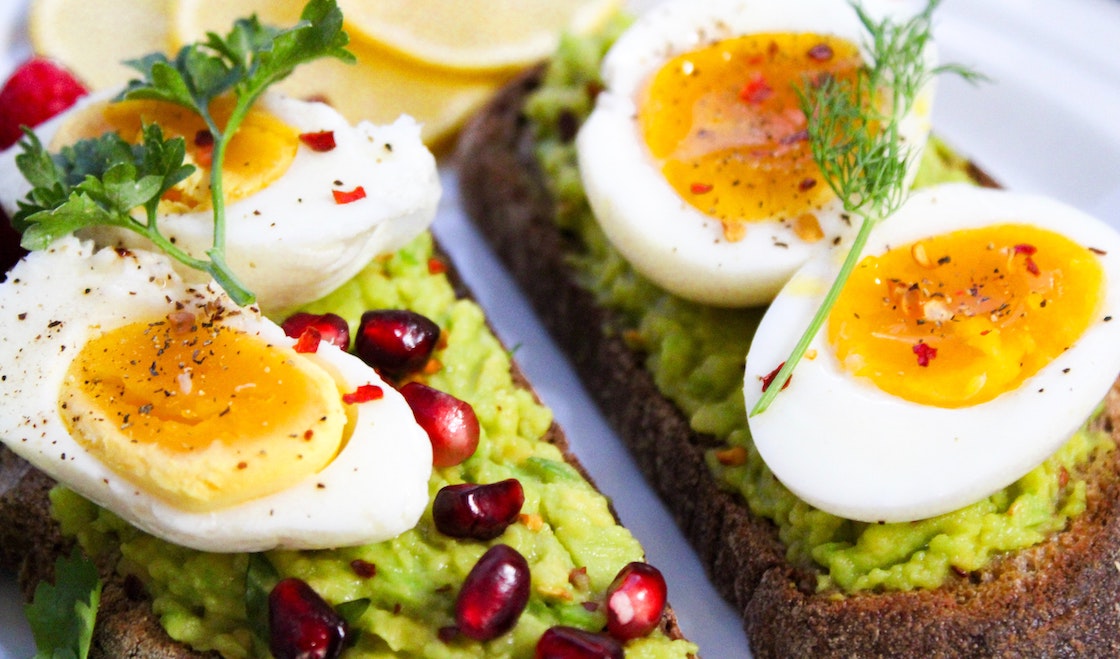Deciding what to eat after facial plastic surgery procedure can get complicated.
It doesn’t have to be.
In short, the better you eat, the better your diet will contribute to your healing and recovery, and the softer the foods you choose to eat, the easier a time you’ll have in both chewing and digesting them.
(The jaw isn’t affected by a facelift, but chewing irritates some of the skin, tissue and muscle in the mid face and upper face that were affected by your surgery, which can become problematic. You may not feel pain if you are on pain medication, but a slight nuisance is nevertheless created by chewing tough foods.)
The nutritional value and the firmness of foods are both important, as your body needs an estimated 5X the nutrients to recover from a surgical procedure as it does to operate from day to day.
You can boost your nutrient intake through a good diet, and you can boost your nutrient absorption by eating “predigested foods” (for lack of a better phrase), that come in the form of liquids: Juices, protein shakes, smoothies, soups, and yogurt.
In these and other foods, you’ll want to reduce salt and refined sugars, and aim to be as nutritious as possible. Protein powder as well as high-protein nuts and dry whole foods can be added to both shakes and smoothies.
A good diet can make healing faster for you and easier on your body, though it won’t particularly impact the quality of your facelift results (providing, of course, that you maintain a basic semblance of a “healthy diet.”)
But we can make eating a facelift even easier: Here are many of the foods you can eat very comfortably after a facelift. These foods can help form a healthy diet in the days following facial plastic surgery.
Table of Contents
Foods for facelift recovery
Certain meals or foods may help your body better repair itself after a facelift. Following are some of the top foods to include nutrients in your post-procedure diet:
Fruits and Vegetables
Many fruits and vegetables are high in vitamins and antioxidants that help lower the risk of infection (or help fight off an infection, rather) and provide the body what it needs to recover:
- Berries
- Carrots
- Broccoli
- Sweet potatoes
Omega-3 fatty acids
Omega-3 fatty acids, which are included in eggs and fatty fish like salmon and trout, help to reduce swelling and bruising.
- Eggs: scrambled, hardboiled, poached, and more. Add a dash of cayenne pepper for a boost in vitamin c and antioxidants.
- Salmon
- Trout
- Tuna
High-Fiber Foods
Constipation is a common side effect of the anesthesia used during surgery, as well as prolonged use of certain painkillers that may be prescribed for the briefest possible use after plastic surgery. High-fiber meals promote digestion and help in recovery and healing. These can include:
- Lentils
- Whole grains
- Apples
Anti-Inflammatory Foods
Anti-inflammatory foods can help reduce swelling and they typically include vitamins and minerals that help reduce the chances of infection. Since infection are usually best dealt with by good wound care (and, if they get very bad, by a visit to your plastic surgeon or a hospital), the main role these foods have is providing the nutrients your body needs to recover well.
- Almonds
- Pineapple
- Blueberries
Other Things You Can Do to Aid in Facelift Recovery
In addition to maintaining a healthy diet, it is best to mind the following tips for facelift recovery:
Don’t smoke
All surgeries require that you stop smoking before, and after the procedure. Smoking hinders the healing process and harms general health. The freshly fixed skin of your facelift can turn black, die, and need to be cut off if you smoke after surgery. Smoking can also cause wrinkles, which for many patients are usually one of the initial motivations for having a facelift in the first place.
Follow Your Doctor’s Instructions
Observe the post-operative instructions provided by your surgical team to the letter. These will include things like changing bandages, maintaining a clean wound site, and what activities should be temporarily avoided.
Get Rest
Rest well, and don’t try to take on too much. It takes time to heal. Having
Save the Snacking for Later
While you relax and heal from your facelift surgery, you may be tempted to spoil yourself with all of your preferred foods and snacks. Unfortunately, chewy foods may make eating unpleasant or even painful. Your body will need nourishing meals to recover well, but there will be a limit to what you can consume without causing further facial discomfort or swelling.
Stock your shelves with more sensible treats to stave off the impulse to eat sugar. Shop for items like milk, yogurt, eggs, soft fruits like bananas, and eggs.
Avoid chips, cheese puffs, soups with a lot of salt, and tough or chewy meats. Steer clear of anything that is chewy, crunchy, or challenging to eat. Instead, focus on softer meals and consume plenty of liquids to remain hydrated while you recover.
If you eat healthy and remain on a good diet after your facelift procedure, your body will thank you. Your surgery experience and recovery will be better if you closely adhere to the information above.
[See also: The 6 Food Types to Avoid After Plastic Surgery]
How Long Is Facelift Recovery?
Full facelift recovery typically takes 7-10 days. This is the most important phase of facelift recovery, since it’s the period during which your body works the hardest to get itself back to as close to normal as possible.
Of course, various patients will experience different lengths of recovery, and all patients can aid their own recovery by a good diet, and by following their surgeon’s postoperative instructions.


